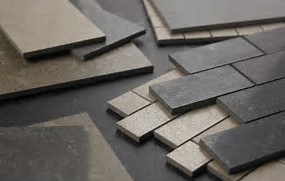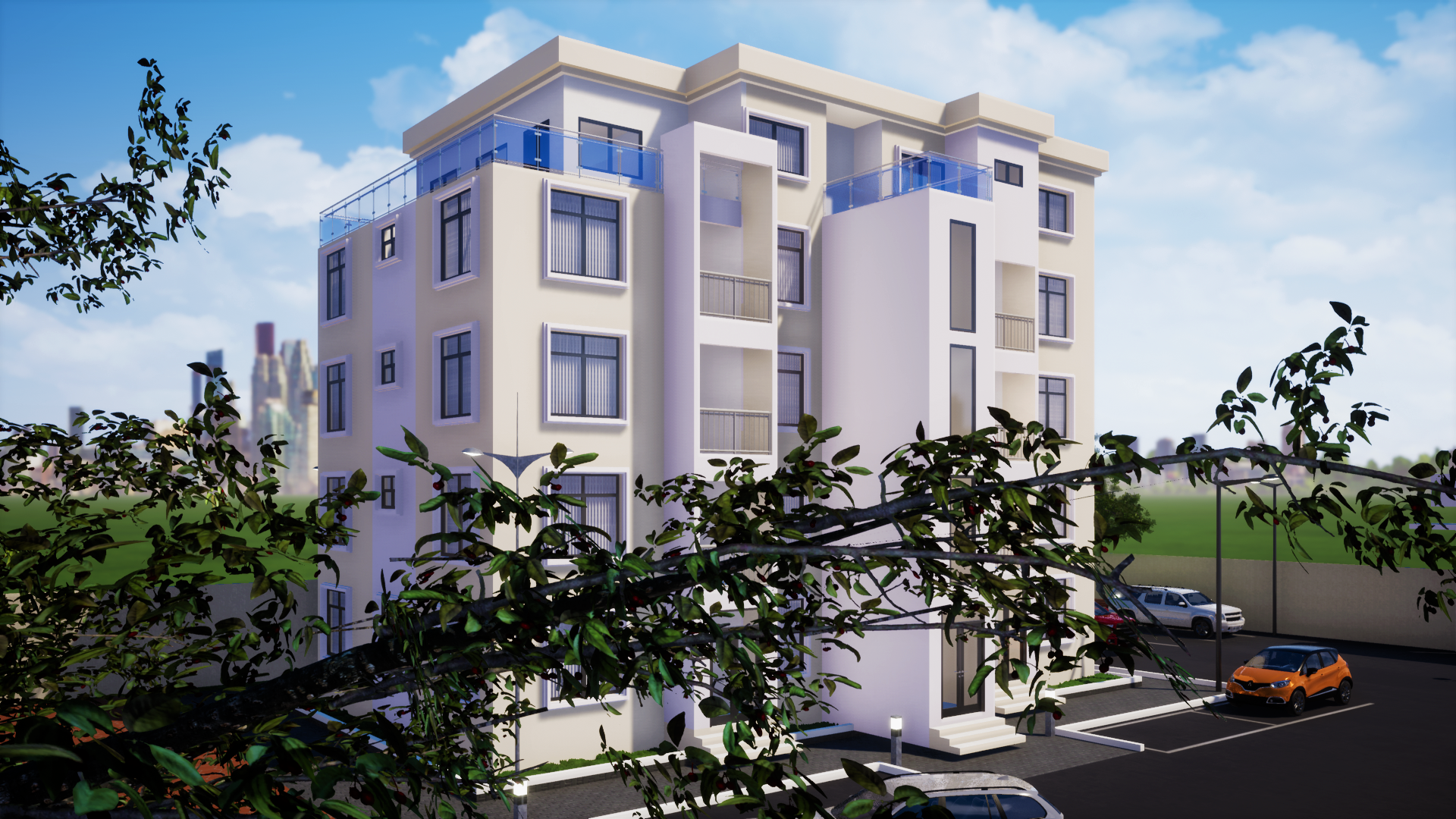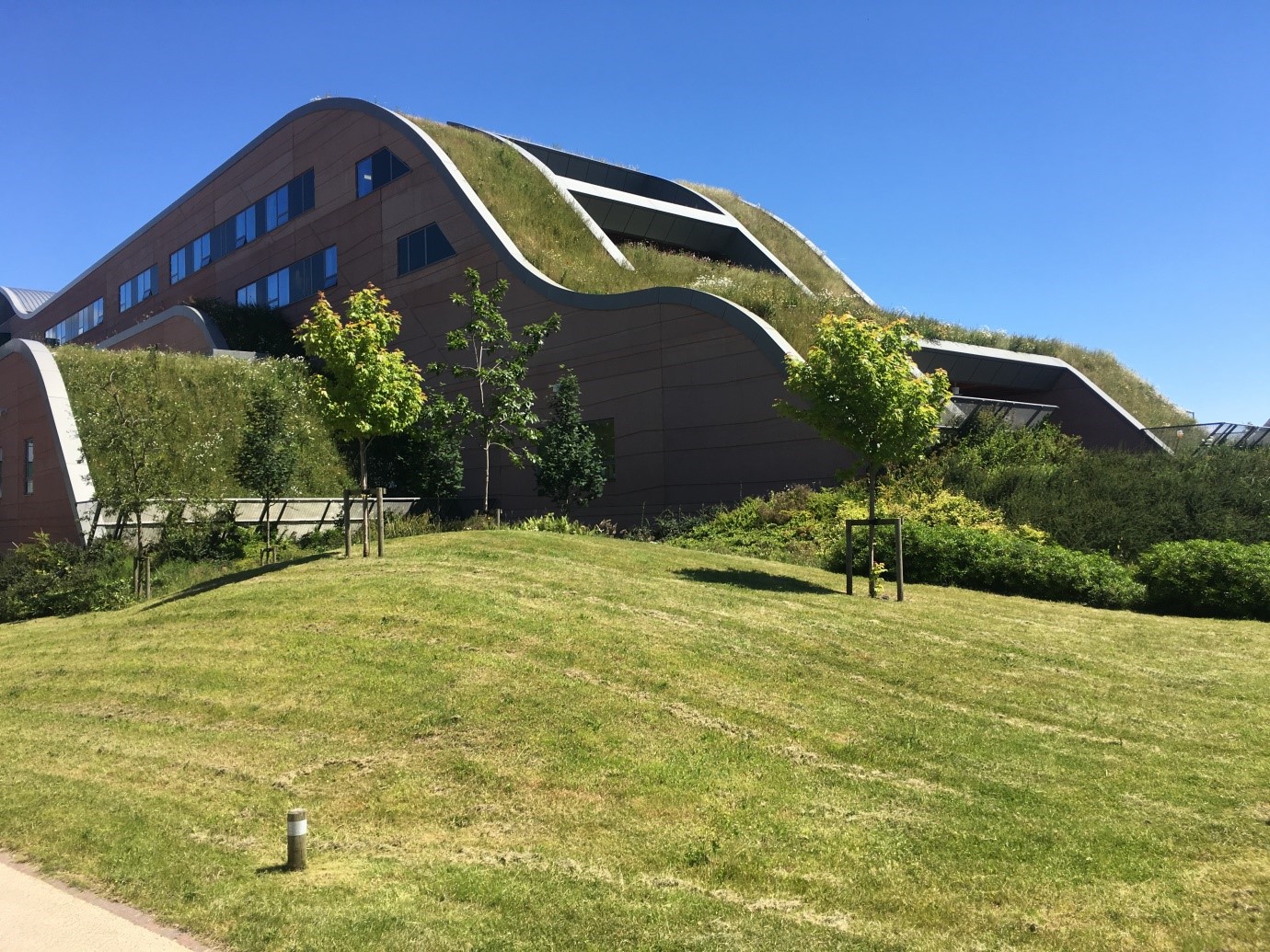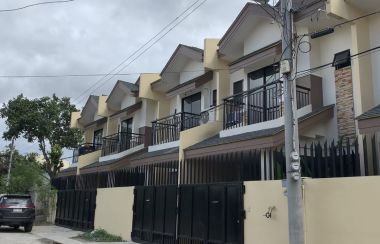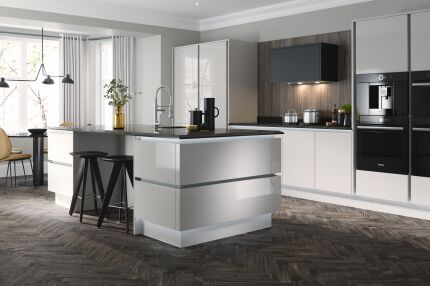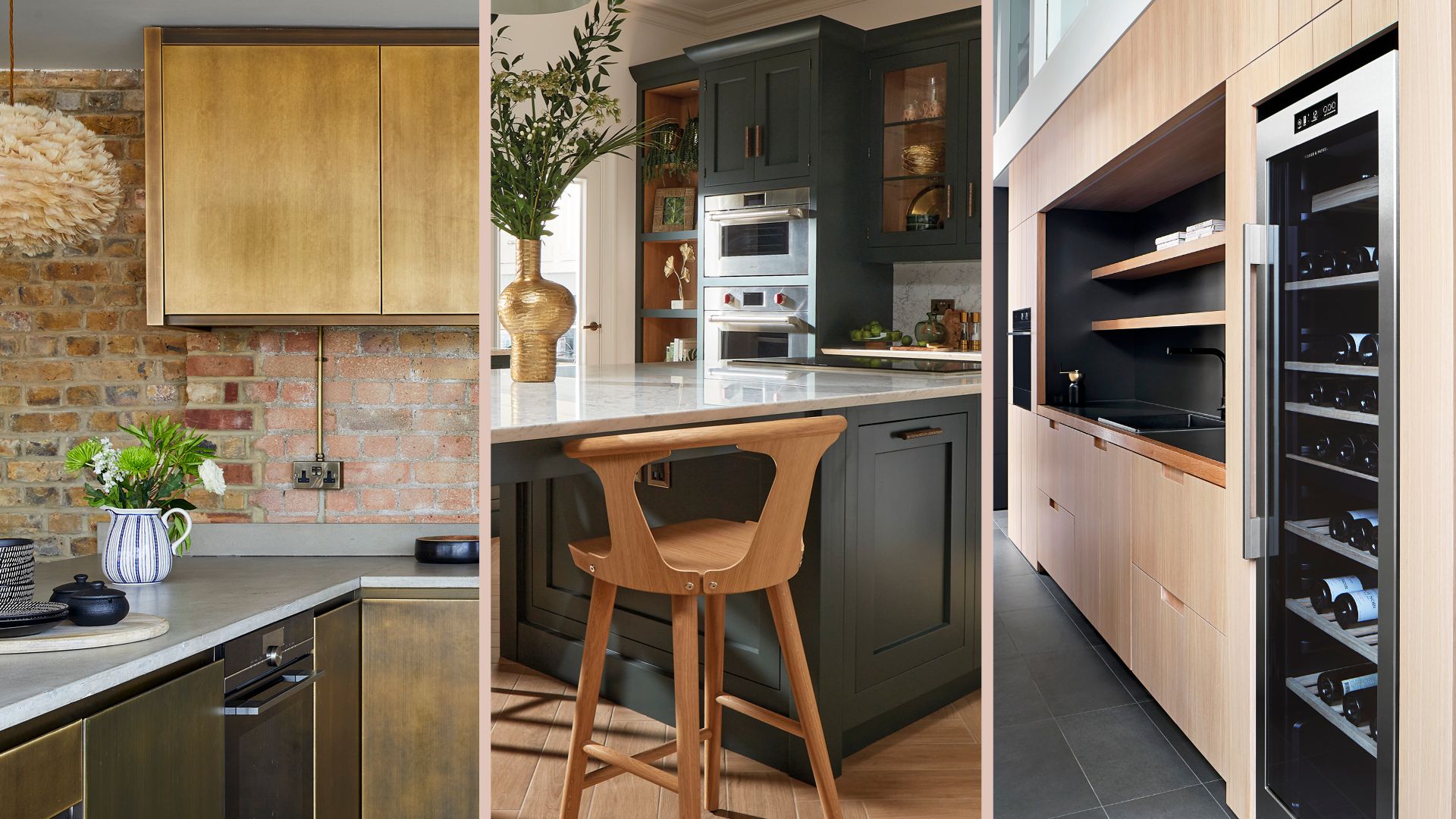Roofing materials rated for cost, durability, and longevity
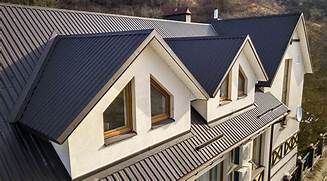
As with most home improvement choices, there is a direct relationship between quality and expense, and in the case of roofing, quality usually translates as longevity. With a roof, it rarely makes sense to choose a roofing material based solely on price, when spending a little more may give you a roof that lasts for as long as you own the house. A cheap roof is no bargain if it needs to be replaced every three to four years. Experts say costs will differ even by region, based on the differences in labor costs. When the cost of petroleum rises, roofing materials made from oil-based products rise in price, too.
Asphalt Roll Roof
It is made from large rolls of the same material used in asphalt shingles. Used for relatively flat pitches, such as angled shed roofs. It is installed by laying strips lengthwise across the roof in overlapping courses.
Roll roofing is a fairly easy material to install, and many do-it-yourselfers do this themselves. But it is better suited for sheds, garages, and perhaps porch roofs, and is not a very good solution for most home roofs.
Experts say it can last from 5 to 10 years, at most. Getting the maximum life from the roofing is really just a matter of keeping it clear of debris and quickly patching any punctures or damage that may occur. It is normally installed on roofs with a relatively flat peak, so a 2,000 square foot house will have very close to 2,000 square feet of roof area.
Built-Up Roofing.
A built-up roof (BUR) is a layered roof that is created by alternating layers of roofing felt and waterproof materials such as fiberglass, and hot tar (bitumen). Normally used on roofs that are flat or with a very slight pitch, a BUR roof is fire-resistant and inexpensive, though the process of installing the roof is smelly. It can last from 20 to 30 years. Maximizing the lifespan of a built-up roof is accomplished by regular inspection and repair, and by keeping debris off the roof to prevent degradation of the surface. However, this type of roof is not suitable for a home with any real slope to the roof
Composite Asphalt Shingle Roof
Composite shingle roofing is the most popular of all roofing materials, found on more than 80 percent of all homes. Composite shingles use either an organic or fiberglass base that is saturated with asphalt, coated on the bottom side with asphalt, and the exposed surface impregnated with small chips of slate, schist, quartz, or ceramic granules. The vast popularity of shingles owes to the relatively low cost, easy installation, and decent life expectancy. These roofs are normally installed by professional crews. It can be expected to last 15 to 40 years, depending on the quality of the materials chosen. Some shingle roofs may even last as long as 50 years.
Wood Shingle Roof
Wood shingle roofs are made from thin, wedge-shaped pieces of natural wood, such as cedar or yellow pine, which are sawn from logs. They make for an extremely attractive roof but are tricky to install. Be aware that growing fire hazards in some regions have caused legal restrictions on the use of wood roofing materials. They are not a good choice in any location where there are seasonal wildfire hazards. They average about 25 to 30 years in longevity, though longer lifespans are sometimes achieved in locations where the roof experiences mild conditions and remains free of debris. Like wood shingles, shakes may be restricted in regions where wildfires are a known hazard.
Wood shake roofs can be expected to last 35 to 40 years; though longer life is not rare. To maximize lifespan, remove debris as soon as it falls on the roof. Eliminate moss. Replace split shakes right away. Replace curled, cupped, or split shakes immediately.
Standing-Seam Metal Roof
An increasingly popular type of roofing, especially in areas prone to wildfire danger, standing-seam metal roofs are made from large steel panels laid on the roof deck with the seams overlapping in raised ridges that run vertically along the roof slope.
Metals used are usually steel or aluminum, although copper and zinc are also used. These roofs are virtually maintenance-free and very durable, though they are prone to denting. They have a life span of 30 to 50 years. If you are shopping for a new home, buying one with a metal roof may mean you'll never face a re-roofing project at all.
Clay or Cement Tile Roofs
Clay tile roofs are very popular in the Southwest United States but they can be found anywhere in the country, thanks to their incredible strength and durability. Traditional tiles are made from terracotta clay, but there are also ceramic tiles roofs (made of fired clay), as well as concrete tile roofs. All consist of individual tiles installed in overlapping layers over the roof surface, and all have roughly the same degree of strength and durability. They require a sturdy roofing framing sufficient to hold the weight and must be installed by skilled professionals. It can last 100 years or more when properly maintained. Tile roofing's downside does not decay, as with wood shake or shingles, nor the slow sloughing off of mineral grains, as with composite shingles. Rather, cracking is what can doom tile roofs.
Source : Africa Home Building News - Joycelyn Marigold
Comments System WIDGET PACK




.jpg)
















